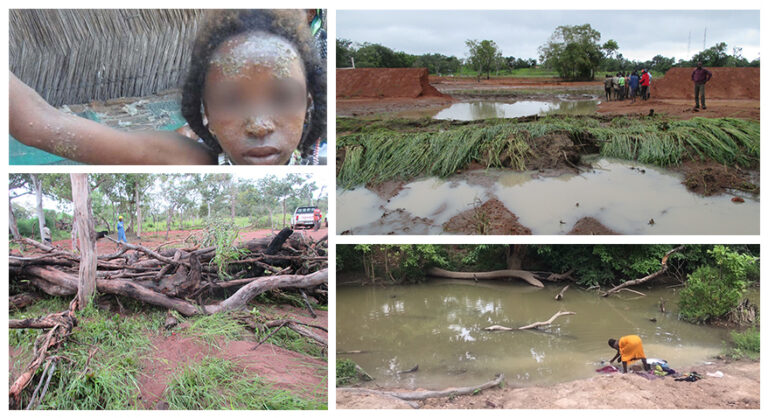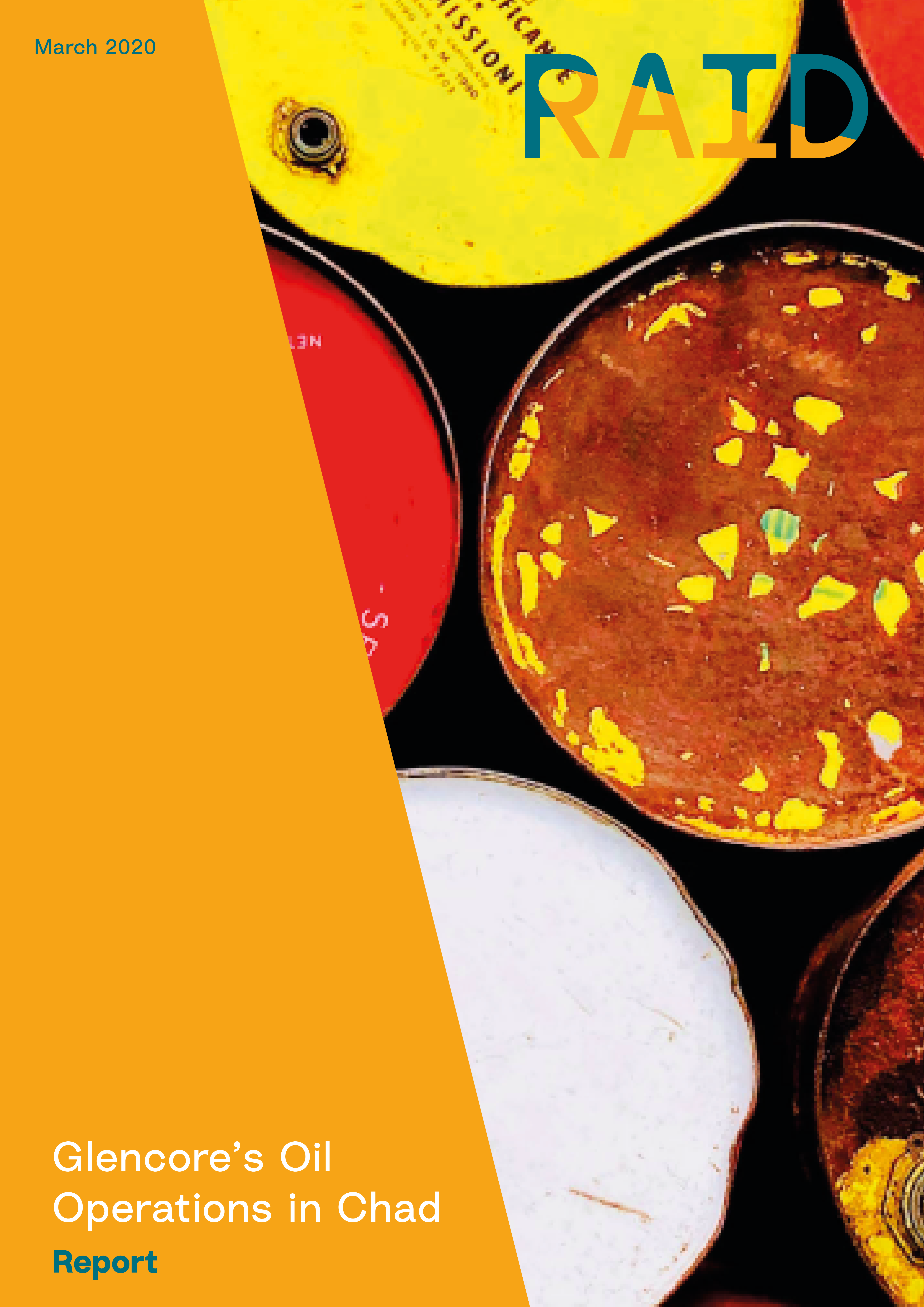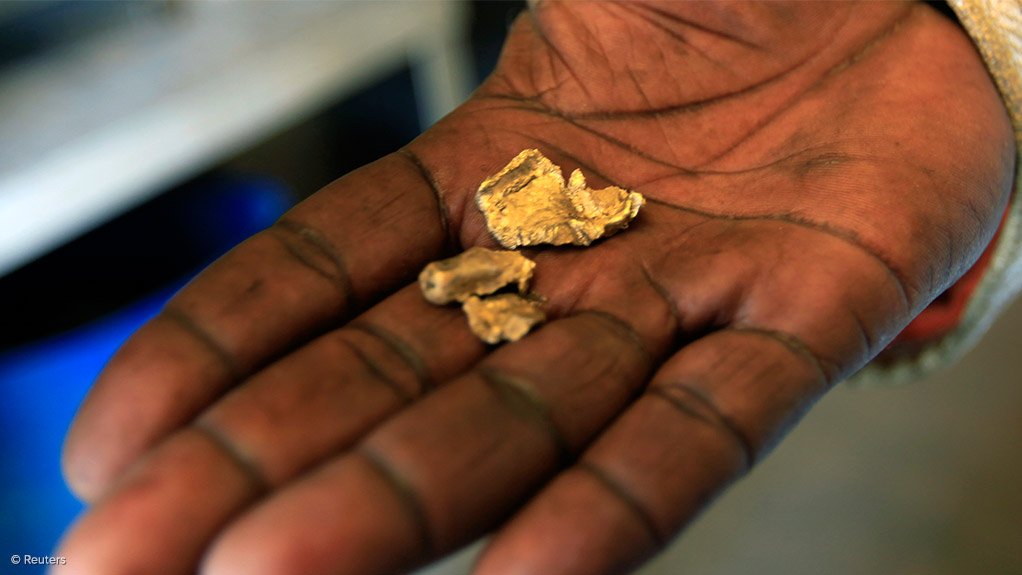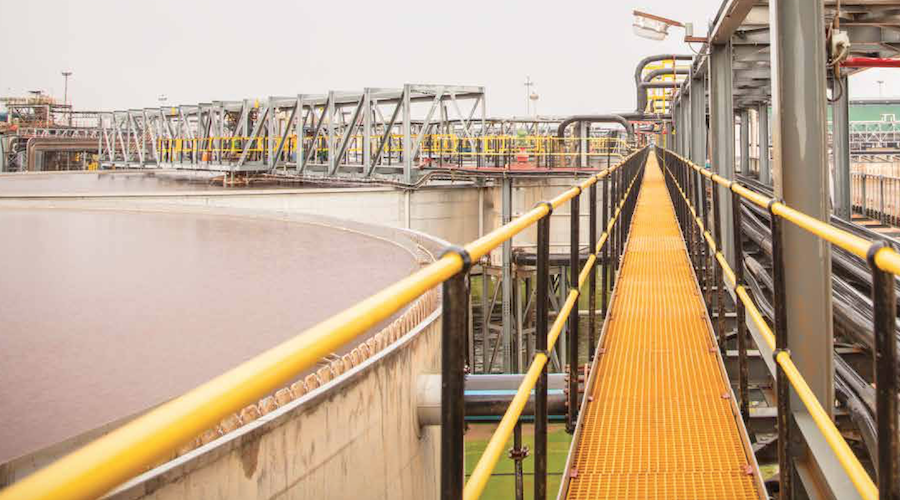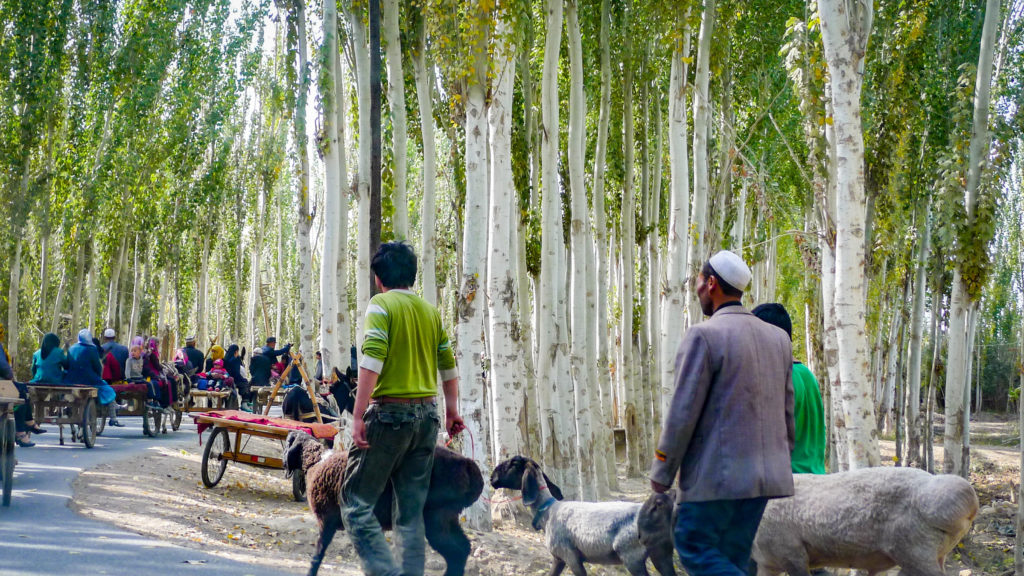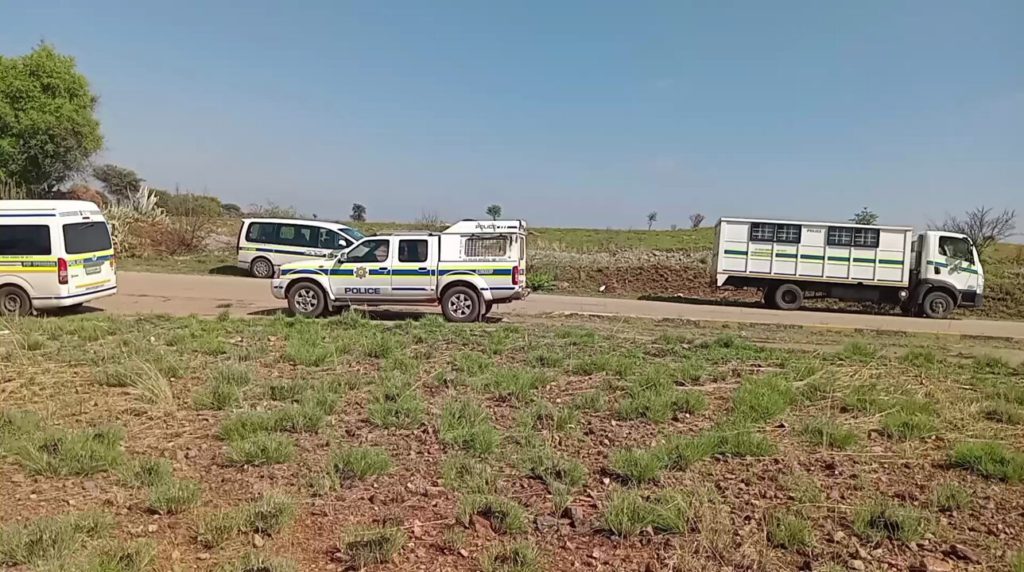Libya a New Instrument in Moscow’s European Strategy?
By Cyril Widdershoven - Nov 22, 2024
Russia is strengthening its ties with eastern Libyan warlord General Haftar, aiming to disrupt European energy supplies and expand its geopolitical influence in North Africa.
By leveraging Libya’s vast oil reserves and increasing its military presence at key bases, Russia seeks to displace Western oil companies.
Libya's interest in joining BRICS and Moscow’s growing influence highlight potential shifts in global alliances.
North Africa’s main oil producer, Libya, is again making headlines, mainly in light of OPEC’s ongoing market struggles. At the same time, Europeans are looking at the OPEC member as a potential source for their energy-hungry industries. After Europe’s energy crisis, mainly caused by Russia’s invasion of Ukraine, the Southern Mediterranean is back on the books of politicians and investors. However, amid the ongoing civil war, which has split the country into two main warring factions, international powers have their own strategies in place. While Western powers, led by the US and EU, are backing the still fledgling official government of Libya, Russia and several mainstream Arab powers remain aligned with eastern Libyan warlord General Haftar. While Libya is still producing well below its former historic levels, moves are being made to increase output substantially in the coming years. Moscow, at present, is setting up a major new strategy in which not only the Haftar-Moscow links are being strengthened but also the option of putting Europe’s energy supply at risk.
Some experts have indicated that the current Russia-Haftar discussions have only one main target: to hold Europe to ransom. While most of General Haftar’s military or political decisions are assessed as his own, it now seems that Moscow is partly leading the discussion, enforcing a possible Russian hold on North Africa’s oil and gas future. In recent weeks, Haftar’s closure of Libya’s El Sharara oil field, with a capacity of 300,000 bpd, has mainly hit supplies to European clients, as 80% of the production flows to Europe. El Sharara’s leading operators include Norwegian energy giant Equinor, Austria’s OMV, France’s TotalEnergies, and Spanish operator Repsol.
Related: Russia to Lift Gasoline Export Ban Earlier Than Planned
International media failed to recognize the link between the shutdown and a decision by Italian officials in Naples not to allow Haftar’s son, Saddam, to enter the country. This move followed Spain’s arrest warrant for Saddam Haftar, who is also a leading figure in the Libyan National Army (LNA). Spain accuses Saddam Haftar of trying to acquire lethal drones. Haftar closed down El Sharara to pressure Madrid.
Moscow’s assessment of the situation is clear. A potential conflict between Libya’s LNA-backed powers and European oil and gas operators presents an opening for Russian interests. Gazprom, or possibly a newly merged Russian entity combining Gazprom Neft, Rosneft, and Lukoil, could step in. While this might seem unlikely to Western observers, power dynamics on the ground in eastern Libya favor Moscow. Russia’s creeping influence is already evident in Sub-Saharan Africa, such as in Mali and elsewhere. With around 3,000 mercenaries in Libya, Moscow views the country as a potential hub for further expansion into Africa. Strengthening ties with Haftar benefits both the Libyan warlord—who is losing support from Abu Dhabi and Egypt—and Putin’s struggling regime.
Establishing a stronghold in Libya aligns with former Soviet cooperation agreements and advances Moscow’s goal of targeting Europe’s energy supply. Libya, holding the 9th largest oil reserves in the world, could supply vast volumes of oil and gas to Europe if a peace plan and power-sharing agreement between Haftar in Benghazi (east Libya) and Western-backed PM Abdul al-Dbeibeh in Tripoli (west Libya) could be reached. If not, Moscow may attempt to push out Western oil and gas operators and replace them with its own.
If successful, Moscow could not only weaponize Libya’s energy resources but also gain access to valuable minerals and metals in the country and Sub-Saharan Africa. Libya has shown growing interest in joining BRICS, presenting an economic and political alternative to Western alliances. Libyan officials confirmed this interest during the Russia-Africa Partnership Forum (November 9–10) in Sochi, Russia, though no official invitation has been extended yet.
Last month, investigative platform Eekad reported that Moscow has stepped up its military presence in Libya. Russian forces have established several air bridges to the Brak Al Shati base since March, and increased activities have been reported at four other strategic military bases: Al-Jufra, Al-Gardabiya, Al-Khadim, and the port of Tobruk. Moscow appears intent on using eastern Libya’s oil and gas regions as a gateway into Africa.
As reported by NOC, Libya’s crude oil production currently stands at 1.36 million bpd, with aspirations to reach 2 million bpd by the end of 2025.
By Cyril Widdershoven for Oilprice.com

